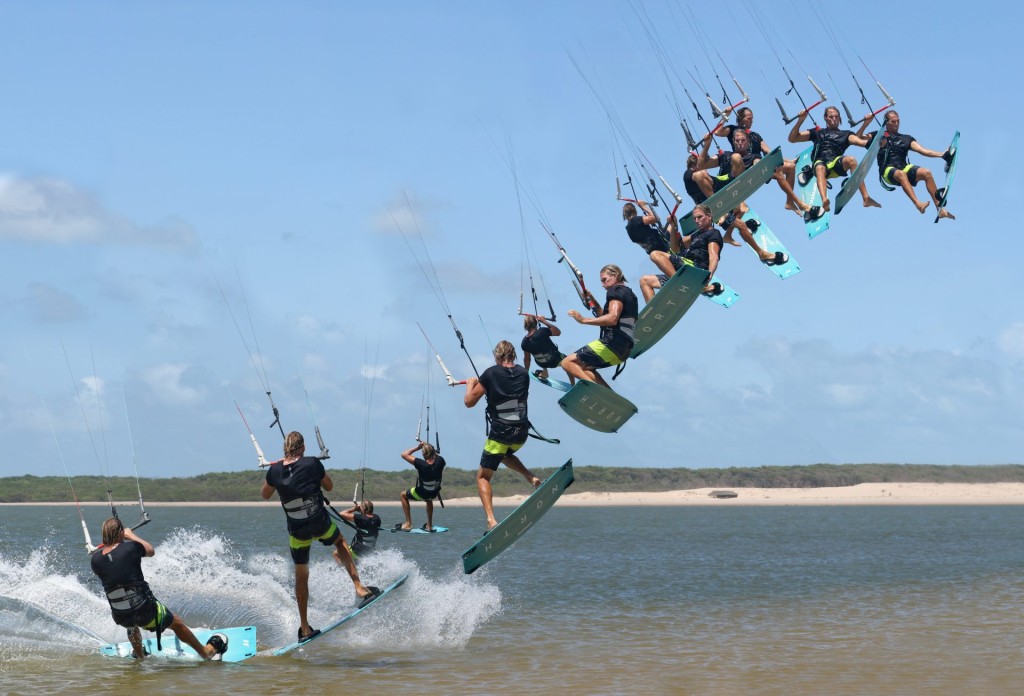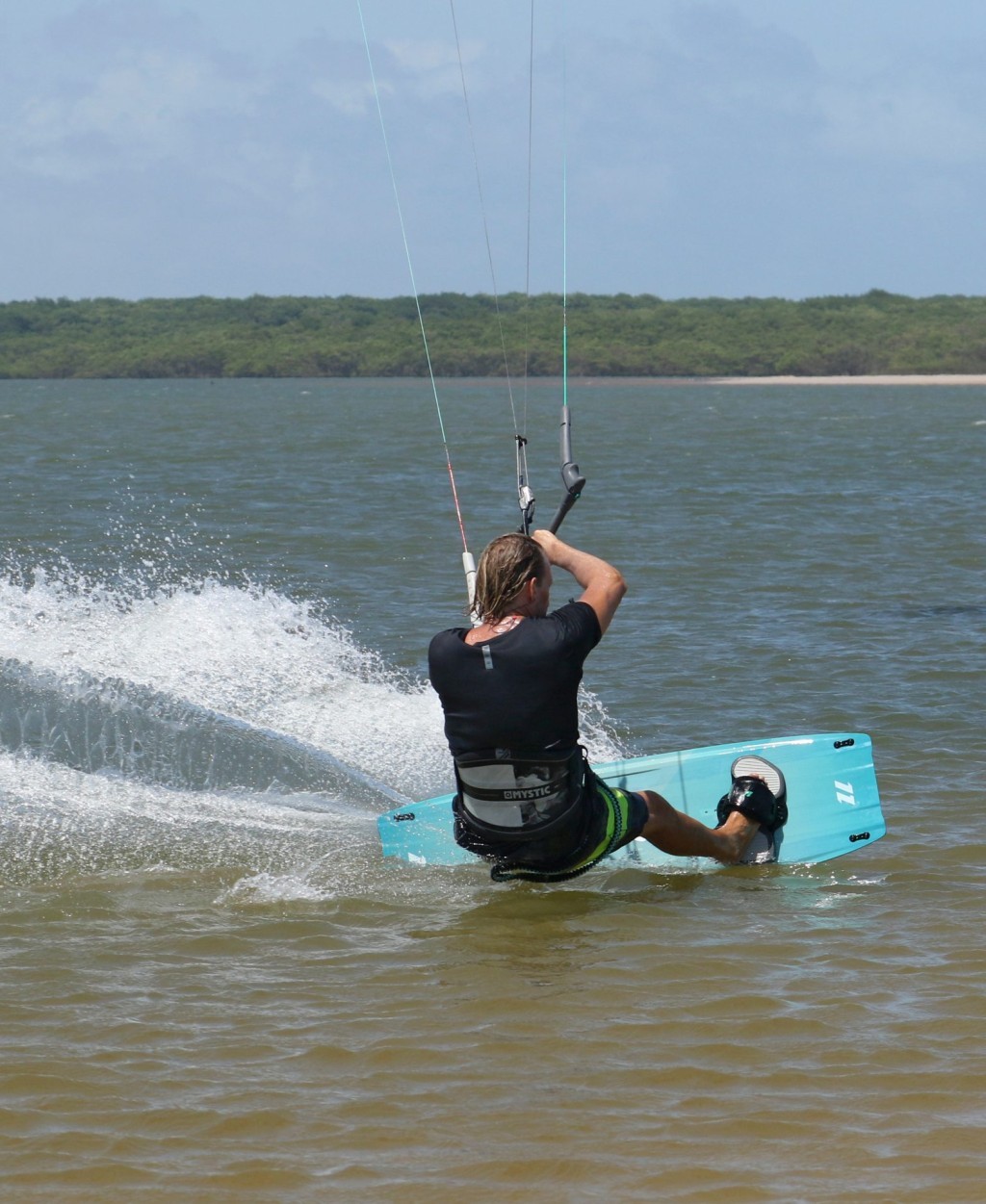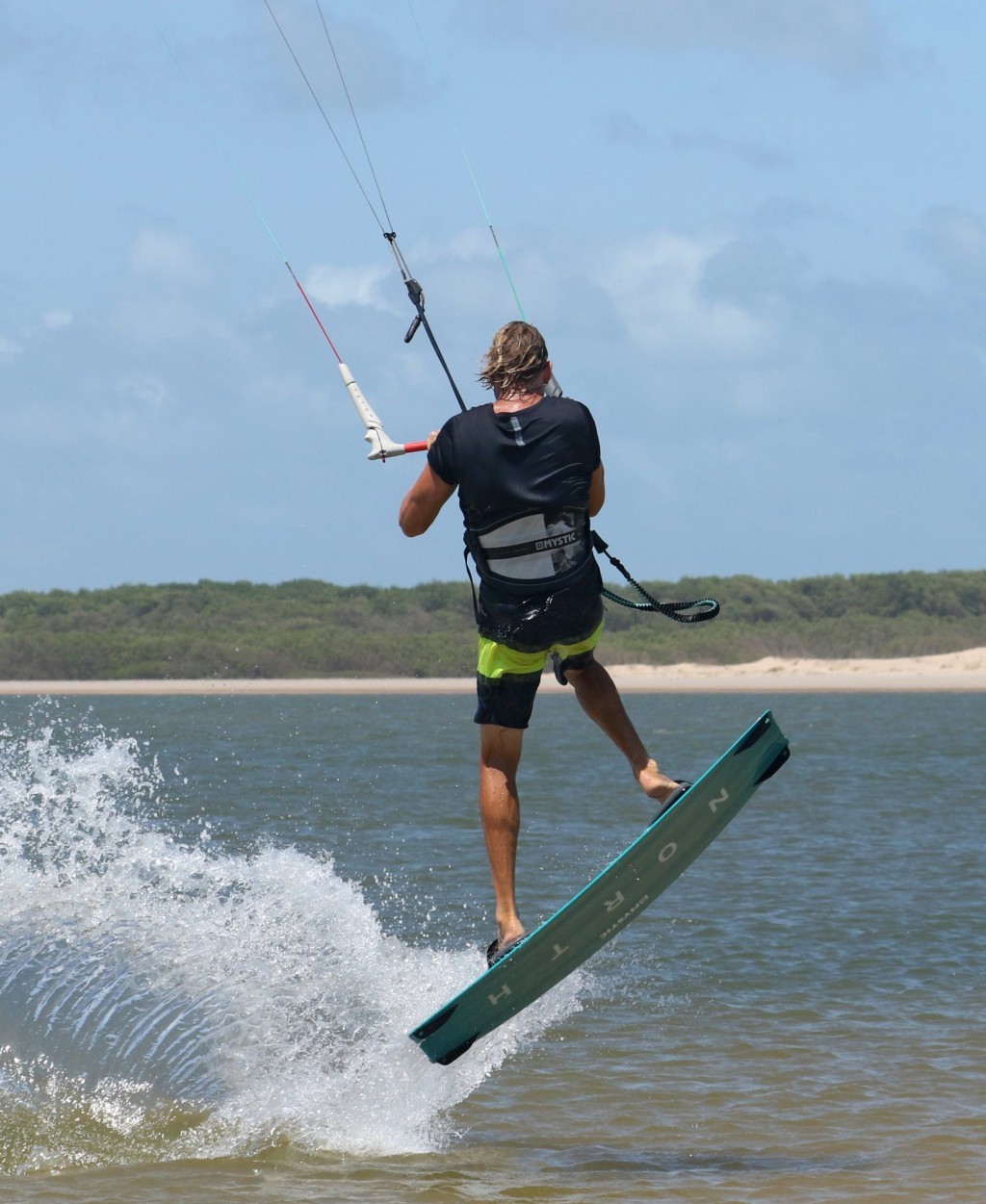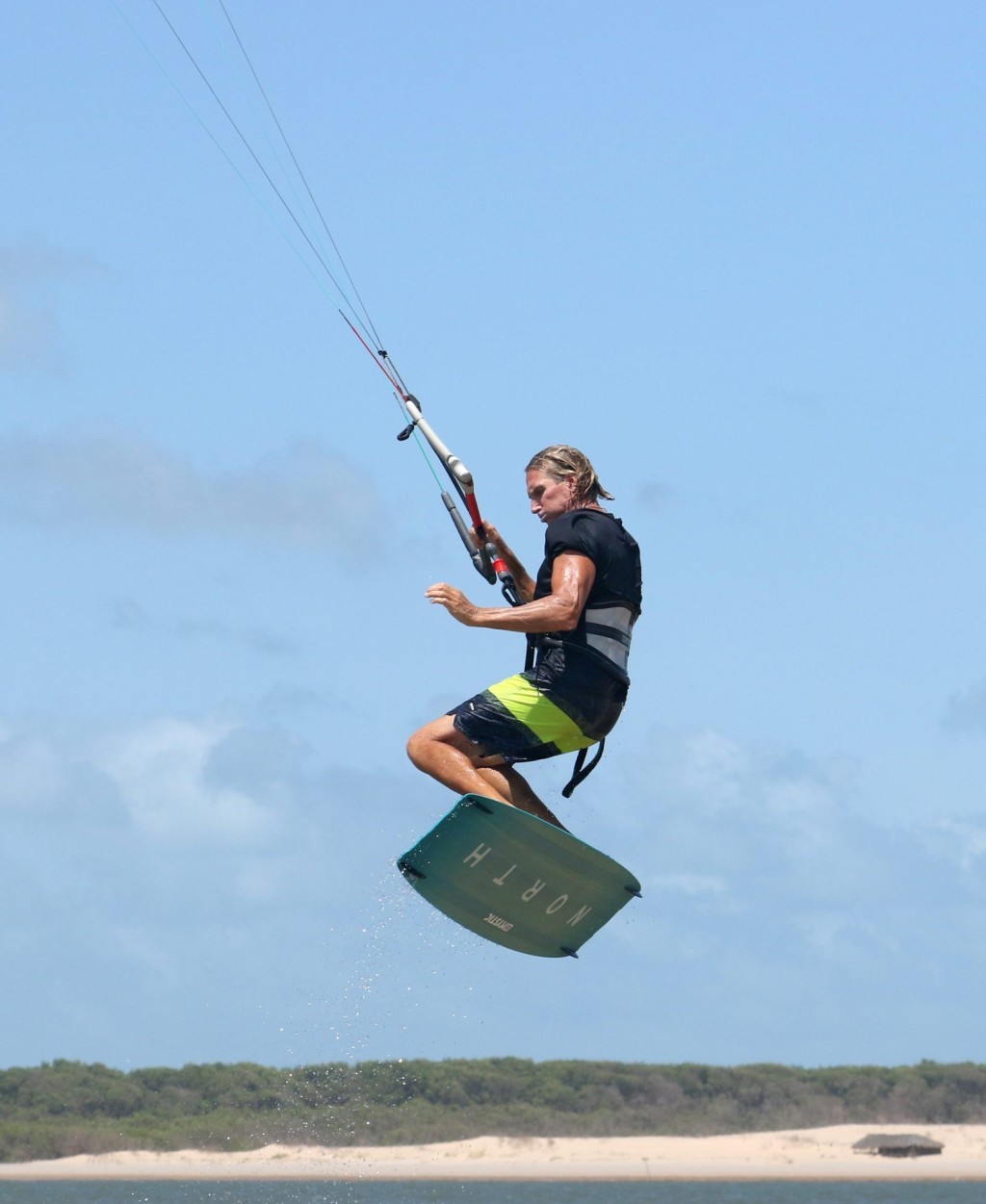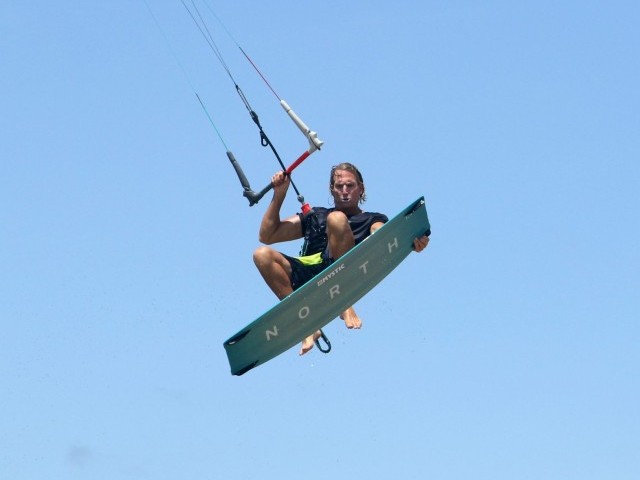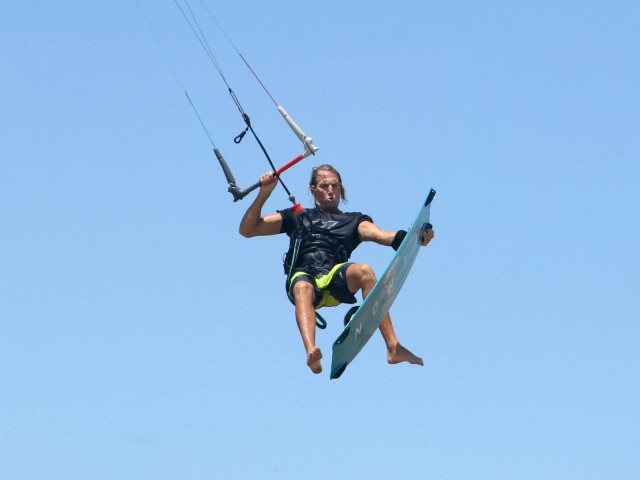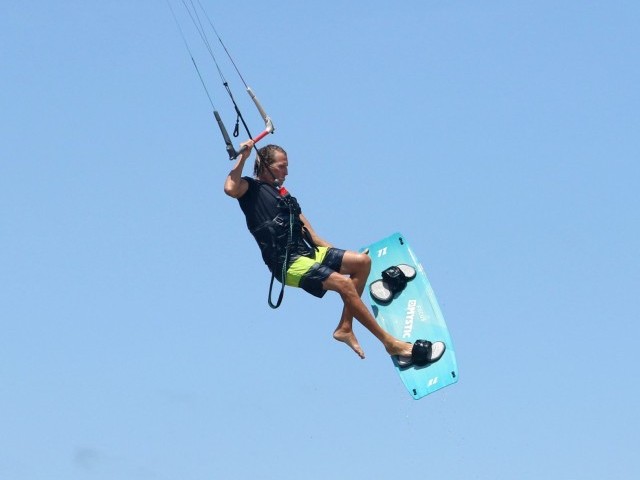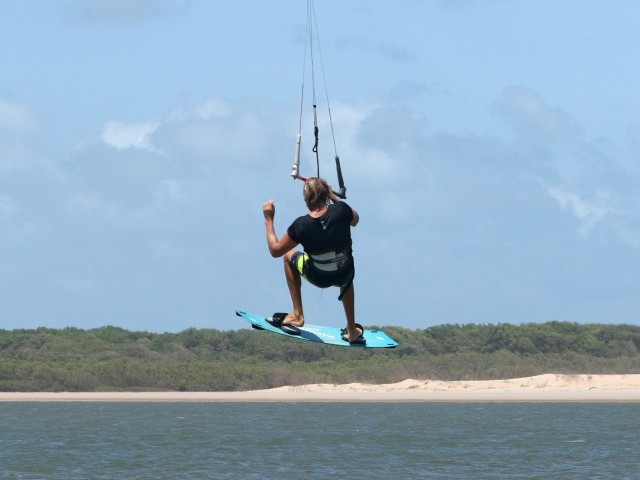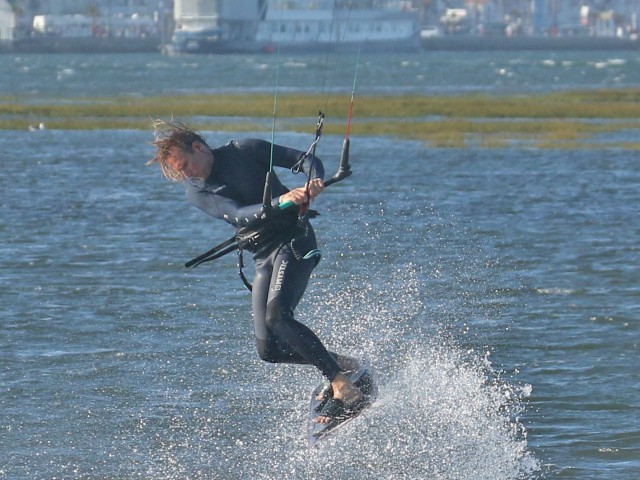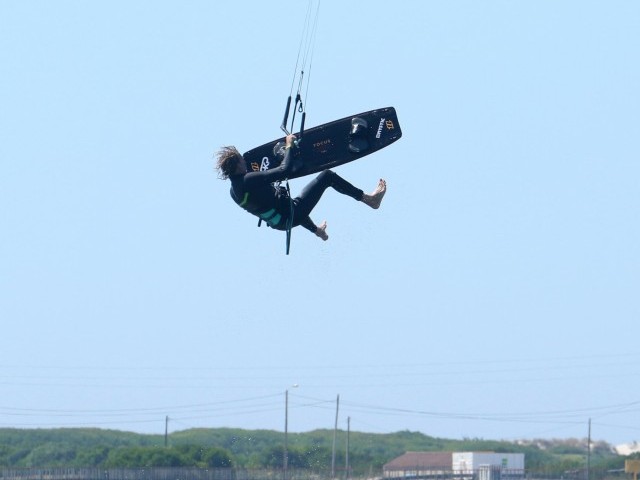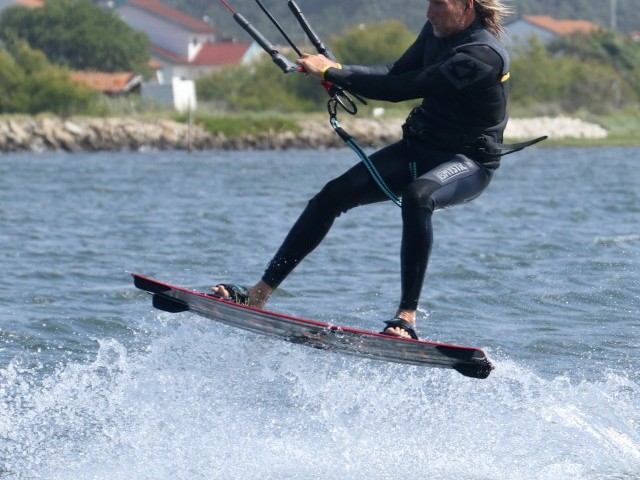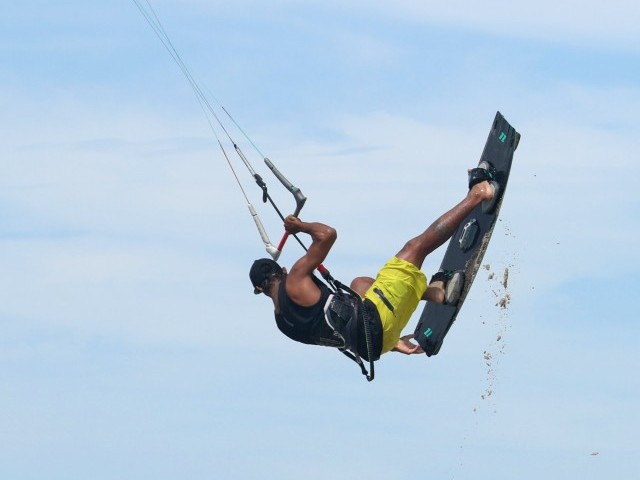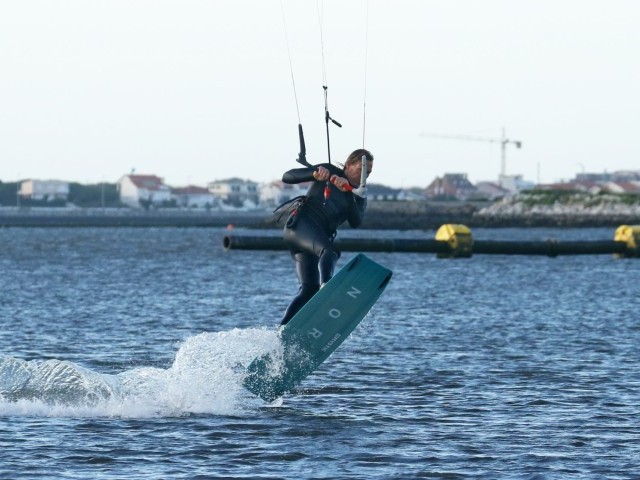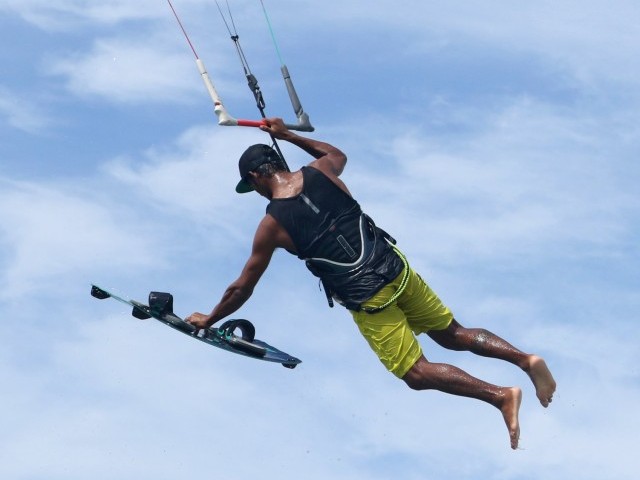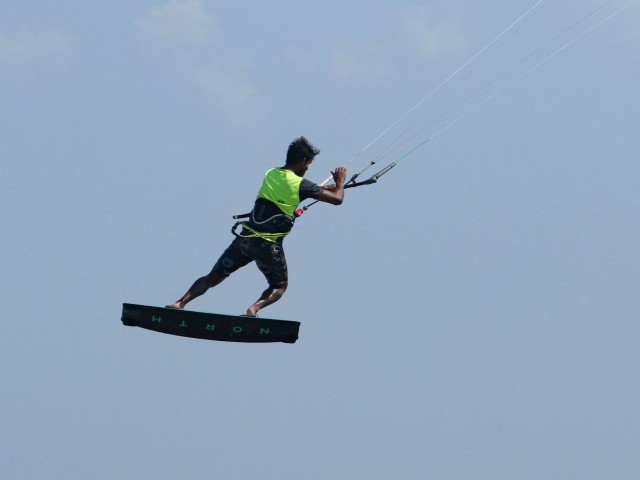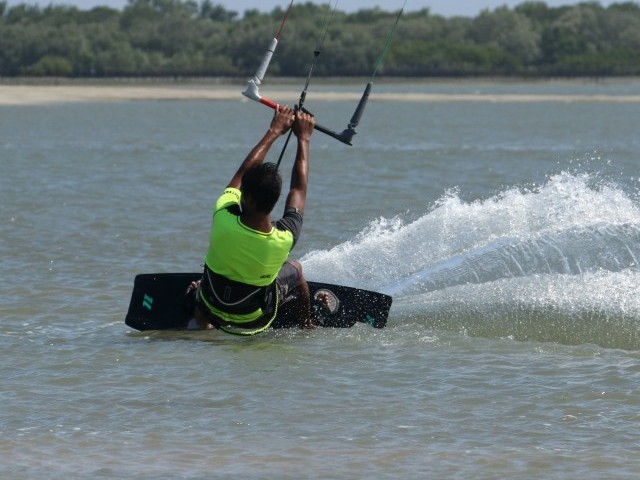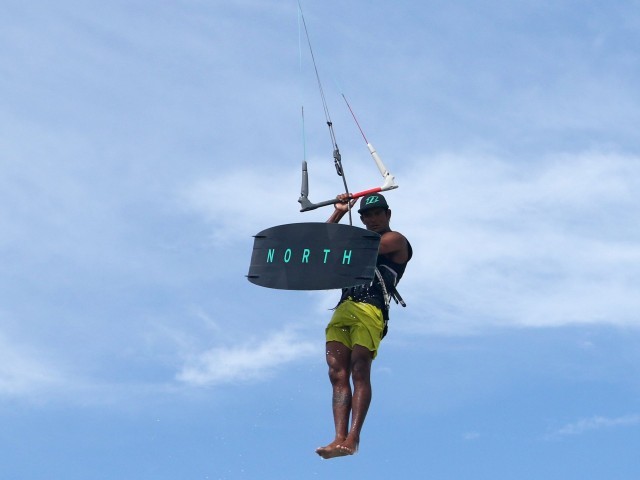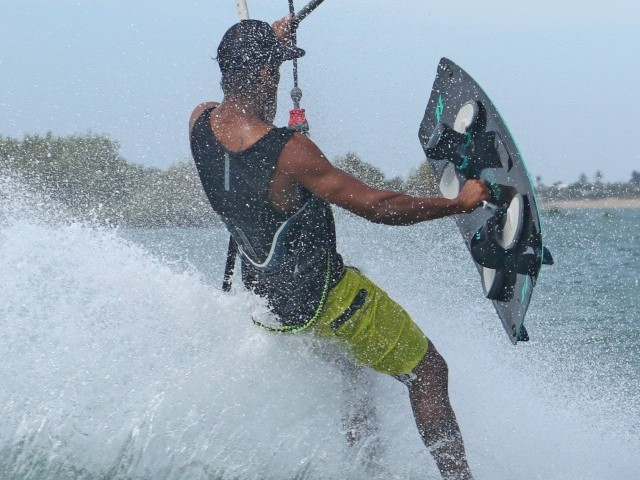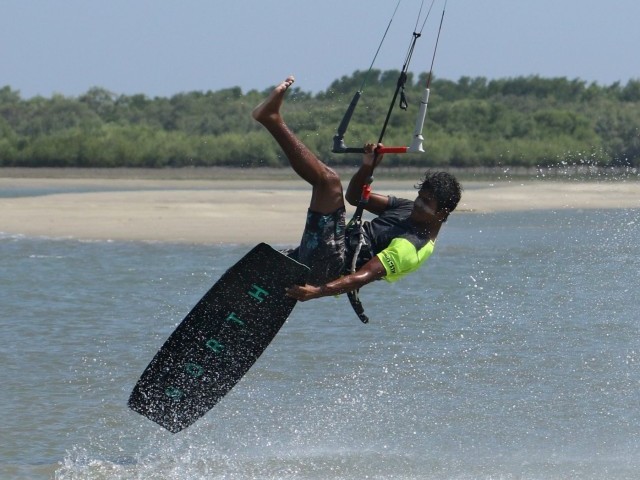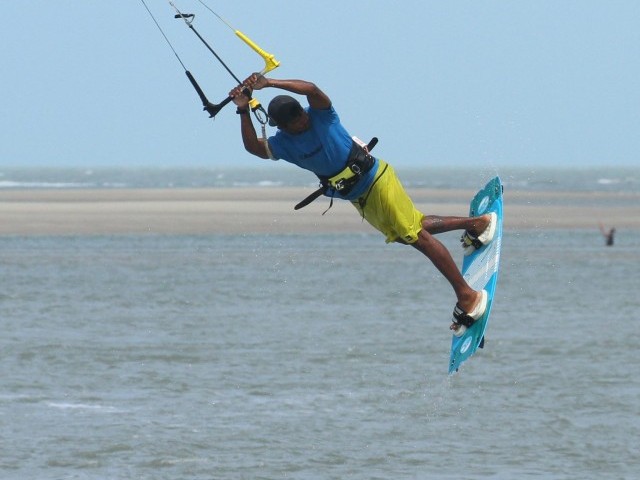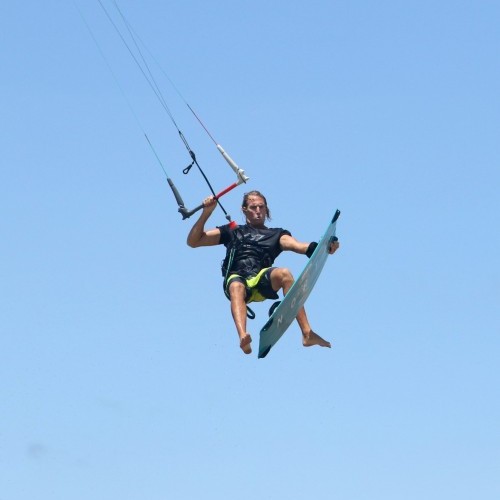
Front Roll Tail Grab Board Off
Technique / Advanced
Introduction
Here at CKPerformance we’re massive fans of rotations. You learn one and immediately you’re presented with an unfathomable plethora of new possibilities, combining your latest love of spinning with pretty much every other move you’ve already added into your ever expanding box of tricks. Here’s another classic killer combo, mixing a single front roll with a tail grab board off.
Naturally having both these down pat already is a must, as the challenge here is finding a status quo between rotation speed and time in order to fit all the pieces together before landing smoothly. As well as heaps of practice, there are a few solid coaching pointers that will bring the finish line within sight more quickly. And the reason for the tail grab board off when the handle or Indy grab works so well with a rotation? No need for flexibility – if you can grab the tail, it’s possible!
Approach Pic 1.
You should approach this as per your jump or front roll. Decent solid edge, some speed, power in your kite, bar trimmed out to a comfortable position and tension on the lines. This all comes from your body position, bum low, legs out, board between you and the kite. Only add on for the board off is foot prep. Choices are to loosen your straps a tad, which will make getting the board both off and on simpler, or to wiggle your feet back on the pads a touch, so that they’re out of the straps a little. This is personal choice, but for learning loosening the straps will help no end as you’re more likely to get the board back on without any hiccups. Your send needs to be aggressive. Height and time in the air are your friends, as is kite position. Hanging off one hand whilst man handling a twin tip with the other might well leave little cerebal power for kite flying skills. Sending it behind 12 o’clock will give you more room for error and will help slow your rotation. However, this does mean that regaining pull for your landing will be more challenging. Looking at Christian, he’s edging in hard, sending the kite with conviction, basically committing to his take off. If you focus on his front foot, you can’t see the toes as he’s pulled his foot back in the straps to loosen it.
Take Off Pic 2.
For comfort you want a floaty, lifty jump with a slow rotation. If you’re travelling downwind and spinning fast, it won’t fill you with confidence to start playing with your board and freeing your feet. To guarantee an upwards take off you need to make sure that you kick against your edge off your back heel. This keeps tension on the lines and limits drift as well as extending you up and generating more lift. As for the slow rotation, you still need the kick, but you use less head, leaning towards the nose of the board rather than throwing yourself forwards and looking over your shoulder. As soon as you’ve kicked, you’ll want to pull the bar in and keep it level, so that the kite stops moving back. Here Christian has kicked off hard, his head is tilted forwards but nothing major and the bar is level with his front knee rising as per a normal front roll.
Hurry Pic C
When it comes to getting the grab there is no time to waste. The quicker you’ve got the board; the sooner your feet get the chance to breath and the more time you’ll have to squeeze them back into the straps. This however is a challenge. By the very nature of sending the kite and extending up off your edge you will be working those abs in an effort to bring everything back together. Lift the knees up and go for the grab ASAP! This is all about trusting your take off and rotation. Christian is just off the water, his knees are already up, his back hand is already off and he’s looking at where he’s going to grab. Time to get a wiggle on.
Slippers Off Pic D.
As soon as you’ve got the grab slip your feet out. They should slide out simultaneously whilst you hold the board firm by the tail. This requires a locking of the wrist, and if you hold the board toe edge up, they’ll come out more easily. Whilst all this is going on you still need support, so keep the bar in. At this point your kite should still be behind 12, by looking down at the board your rotation will slow even more. If you get the grab too late, you’ll find it tricky to get the board off as you’ll already be coming around and thinking ahead to landing. Christian is looking at his board, holding his wrist and arm stiff as he pulls both feet out together, whilst keeping tension on the lines with the bar in.
Make It Count Pic E.
This next bit is utterly dependant on how quick you were at the beginning. If you’re no slouch and get the board of sharpish, you’ll have more time to flap your feet about and celebrate. If you’re less of a speedster, the best you can hope for is a quick straightening of the legs to show that you mean it. You still need to keep the bar in for support. At this time you may feel the kite moving forward. If you do you can push the bar out which will stop it moving too far. The negative however is that you’ll descend more quickly. At the same time try and keep your arm out to the side where it was, as this way the board will stay put in the best place to get your pinkies back in. In the photo Christian has straightened his legs, but he’s in a rush (not the world’s fastest by any means). Gravity has pulled the nose of the board down but he keeps his arm and the board out where it started. Kite face optional.
Front Foot First Pic F.
And this is the beauty of the tail grab board off variant. Absolutely no flexibility required. Just good eyesight if you’ve got long legs! Hold the board up and slide your front foot into the strap. The only negative here is that if your straps are tight you can’t really push the front foot in snug, but as long as it hooks under the strap, you’ll be fine. Do beware of the kite as this is the moment that you can become unstuck. If you leave it too far behind you’ll never get it back over for landing, but if it drifts too far forwards you’re toast. Christian is watching his front foot, guiding it in. You can see that he’s let the bar out as he can feel the kite flying forwards and pulling him slightly.
Back Foot & Dive Pic G.
Once your front foot is secure, lift both your legs and slide your back foot in. As you do this you’ll be dropping down, so you’ll need to get some support back from the kite. You want it diving down through the window, so give a hefty pull on the bar for tension and crank your wrist to get the kite diving. This will pull you downwind for a more comfortable landing and hopefully give you a bit of extra lift and therefore time to drop your legs and get the board underneath you. Christian has his back foot in, the bar pulled in and is diving the kite, which should all add up to a makeable landing...
Top Tips
It may sound obvious, but time is your friend when learning this. Even if you’re a competent front roller and board offer, you may still be surprised at how quickly you end up ready to come down without even having had the opportunity to get the board off.
As such a floaty larger kite with slow things down. In addition, really work on the slowest front rotation possible. It’s preferable to not get around than spin too fast, as you can always add the last bit once you get the rest polished.
And remember to keep the kite behind you as this will also help stall your rotation. Yet again, it may mean dropping down quick and not landing it, but adding a hefty dive once you’ve nailed the timing won’t be too hard.
Have a look at the sequence and videos for a walk through.
Common Problems
We’ve pretty much covered everything already. Your nemeses are getting too extended, rotating too quickly, flying the kite forward to much, as well as leaving it behind you. Hopefully the board off and eventually on should be the easy bits!
Keystones
- Good edge and solid send
- Kick hard and up, but gentle throw
- Knees up and grab quick
- Feet out together with kite behind
- Front foot first, then back foot and heavy dive
This technique article was in Issue 79 of IKSURFMAG.
Related
By Christian and Karine
Christian and Karine have been working together as a coaching team, running improver to advanced kitesurfing clinics since 2003.






